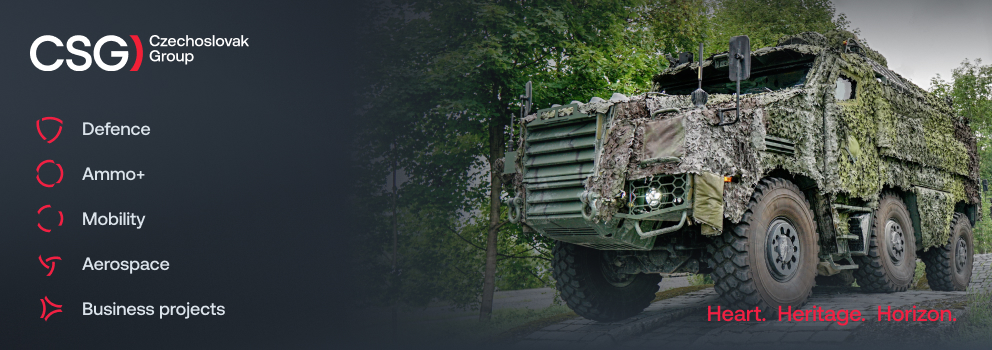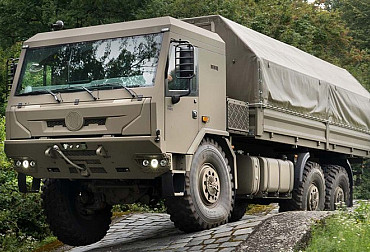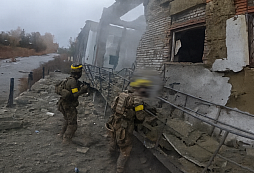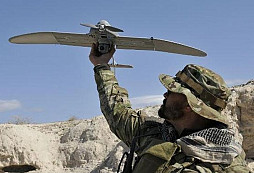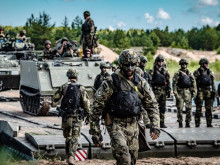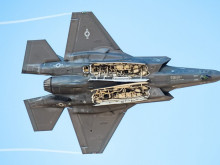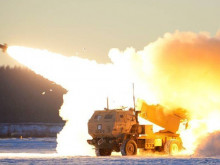China shows its strength, Visegrad fractures: What the Beijing military parade revealed
China's celebrations of the 80th anniversary of the end of World War II served as a reminder of its historic victory over Japan and, at the same time, sent a strong geopolitical signal. The military parade held in Beijing on September 3, 2025, at Tiananmen Square, the second of its kind since the beginning of Xi Jinping's era, confirmed the trend of using historical anniversaries to demonstrate power and strengthen international standing. The celebrations, presented as a commemoration of the Chinese people's victory in the war against Japanese aggression and in the world war against fascism, were accompanied by rhetoric about global peace. Nevertheless, their subtext clearly showed China's readiness to face the geopolitical challenges of the present day militarily.
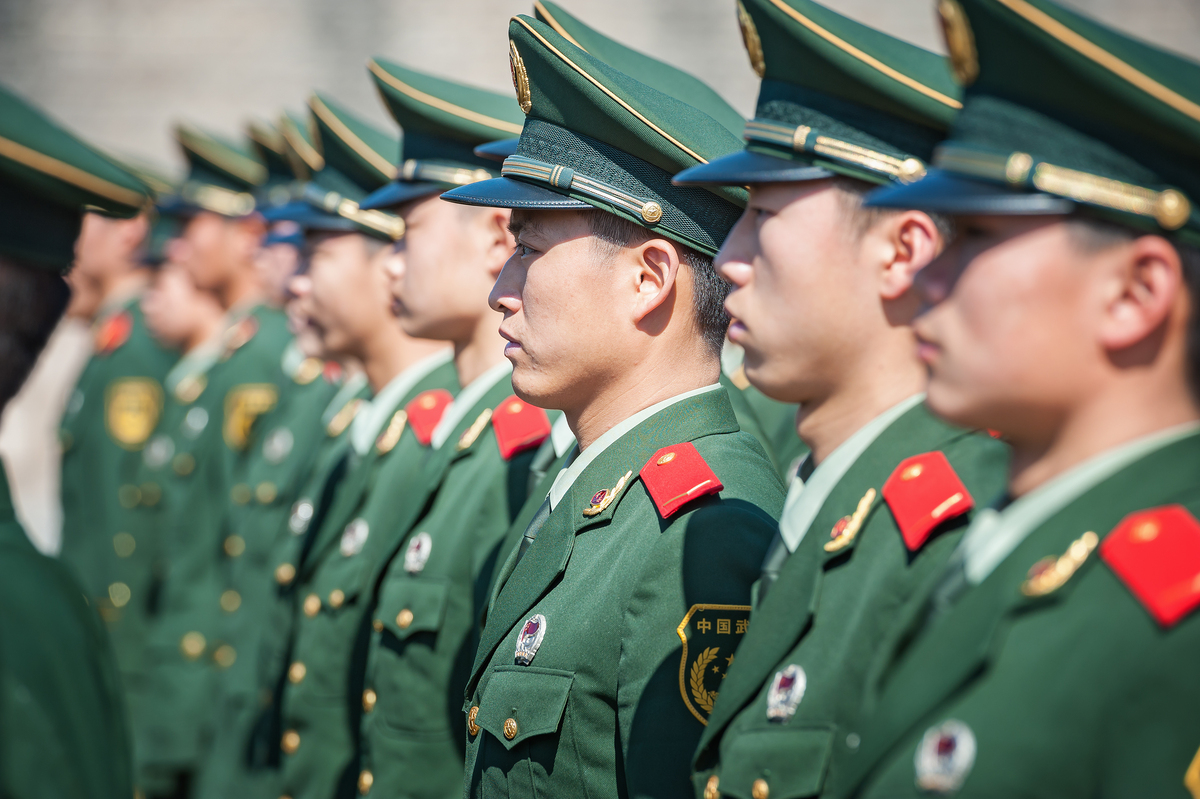
The dominant moment was the joint appearance of three authoritarian leaders – Chinese President Xi Jinping, Russian President Vladimir Putin, and North Korean leader Kim Jong-un. For the first time since 1959, representatives of these three powers met in Beijing, symbolically recalling the era of a bipolar world and rival blocs. In his speech, President Xi stated that “the world faces a choice between peace and war” and emphasized that “the rejuvenation of the Chinese nation is unstoppable.” In the context of the current tensions in relations between China and the United States, this statement sounded like a clear warning and, at the same time, a confident confirmation of China's ambitions to become a global player on the level of a superpower.
The parade itself was a massive demonstration of military power. The Chinese People's Liberation Army showcased more than a hundred types of domestic weaponry, demonstrating its technological self-sufficiency and high degree of modernization. Among the most significant innovations were strategic weapons that strengthen China's nuclear triad. The DF-61 intercontinental ballistic missile system made its first public appearance, which is likely to surpass the parameters of its predecessor, the DF-41, and is capable of striking the entire US territory. Along with it, the JL-3 submarine-launched ballistic missile (SLBM) with extended range was introduced, allowing Chinese submarines to attack Pacific targets from the South China Sea without having to approach the open Pacific. Another significant weapon on display was the DF-5C missile, a liquid-fueled intercontinental ballistic missile with a range of over 20,000 km and the ability to carry up to ten nuclear warheads. This show of force served to demonstrate China's full-fledged strategic arsenal, which is intended to deter any direct attack against the Middle Kingdom.
The parade also showcased hypersonic weapons, such as the YJ-21 missile, nicknamed the “aircraft carrier killer,” capable of striking US vessels at speeds of up to Mach 10. Alongside it were medium-range DF-26D and DF-17 missiles, signaling China's readiness to strike US bases (e.g., Guam) in the event of an attack on Taiwan. Unmanned systems, autonomous surface and underwater vehicles, ground equipment including the Type 100 tank, and new military vehicles with hybrid-electric drives were also prominently represented. Air defense systems were represented by the HQ-9C, HQ-22A, and HQ-29, the latter of which, according to Chinese sources, is capable of striking hypersonic missiles and low-orbiting satellites.
In Western capitals, the Chinese celebrations provoked mixed reactions, ranging from concern to ridicule. US President Donald Trump responded on the social network Truth Social with the words: “Say hello to Putin and Kim Jong-un when you are plotting against the United States of America.” This comment reflected the fact that Beijing, Moscow, and Pyongyang demonstrated cohesion in the face of the West.
From a European perspective, however, another story unfolded in Beijing—the story of the disintegration of the Visegrad Four. While the Czech Republic and Poland maintained solidarity with the EU and NATO and did not send any official representatives to the event, Slovakia was represented by Prime Minister Robert Fico and Hungary by Foreign Minister Péter Szijjártó. Their presence was not accidental, but resulted from the long-term shift of these two countries away from a confrontational policy towards Russia and China. During his meeting with Putin, Fico praised the “reliable gas supplies via TurkStream” and stressed that Slovakia “remains neutral and refuses to be drawn into the conflict.” Fico repeatedly emphasizes this position at home with statements such as “Slovakia will not send weapons to Ukraine” and by prioritizing “a peaceful solution over the continuation of war.” Péter Szijjártó, on his departure for Beijing, stated that “Hungary is interested in civilized cooperation between East and West, not in a new division of the world into blocs.”
These positions contrast with those of Warsaw and Prague, which perceive both China and Russia primarily as security threats and are among the most vocal supporters of Ukraine. The Czech government of Petr Fiala and the Polish government of Donald Tusk emphasize the Euro-Atlantic alliance and see cooperation with Beijing as a risk.
To understand the significance of this difference, it is necessary to go back to the roots of the Visegrad Four. The group was formed in 1991 in Visegrad, Hungary, as a platform for cooperation between Poland, Hungary, and the then Czechoslovakia. Its goal was integration into Euro-Atlantic structures, transition to a market economy, and coordination of foreign policy. After all member states joined the EU and NATO in the first decade of the 21st century, its role transformed—from an integration platform, it became a regional grouping for promoting common interests within the Union. In 2015, the V4 played a significant role in rejecting mandatory migration quotas, which strengthened its image as a unified bloc.
However, this unity gradually fell apart. The main points of contention were Russia's aggression against Ukraine and relations with China. While Czechia and Poland take a hard line against Moscow and openly support Kyiv, Slovakia, led by Robert Fico, has opted for a policy of pragmatism and refuses to supply weapons to Ukraine. Viktor Orbán's Hungary goes even further, openly criticizing sanctions, pushing for exceptions in energy policy, and strengthening economic ties with China. These ties are not merely symbolic, as Hungarians benefit economically from Chinese investments. BYD is building its first European electric car factory on Hungarian territory, the Budapest-Belgrade high-speed rail project is financed by Chinese loans, and Huawei operates its European logistics center in Hungary. For Orbán's government, Chinese capital is an important element of its “Eastern opening” strategy.
These differences have grown from tactical disagreements into a strategic rift that weakens the relevance of the V4 as a unified voice in the EU. Today's Visegrad Four does not appear to be an effective bloc, but rather a loose forum incapable of promoting common interests in the areas of security and foreign policy.
The Chinese parade in Beijing clearly demonstrated this situation. The presence of Prime Minister Fico and Minister Szijjártó alongside Putin and Xi Jinping is not only a diplomatic gesture, but also a signal that part of Central Europe is pursuing alternative geopolitical alliances. This complicates matters for the EU and NATO, as the united front against authoritarian powers is crumbling. The Visegrad Four, which once symbolized the common goal of returning to Europe, is now becoming a symbol of differing priorities and geopolitical strategies.

